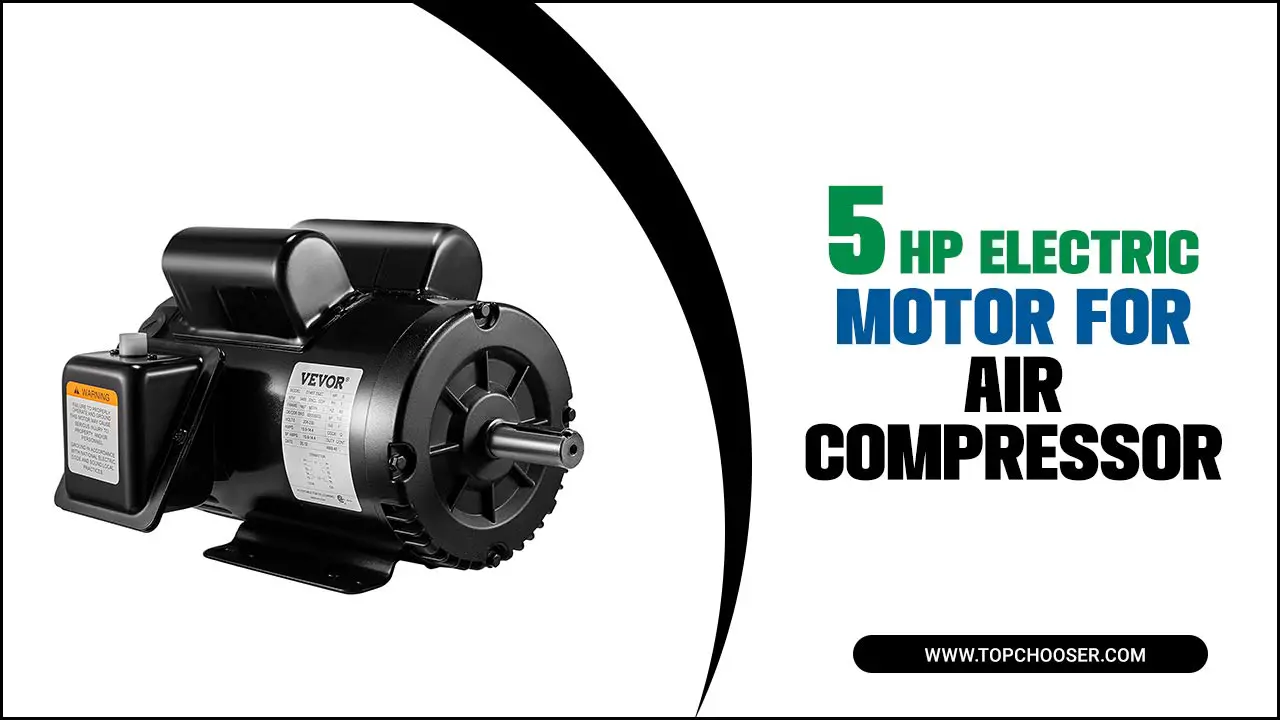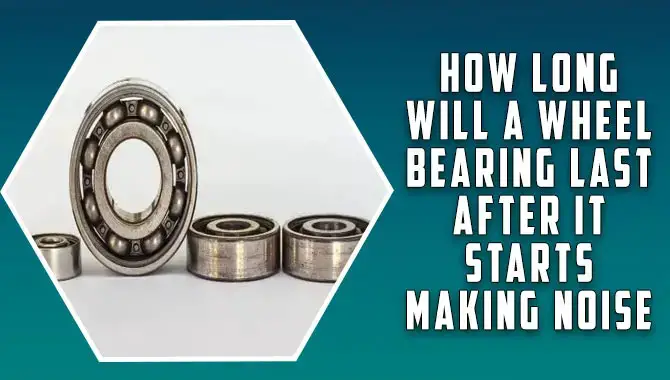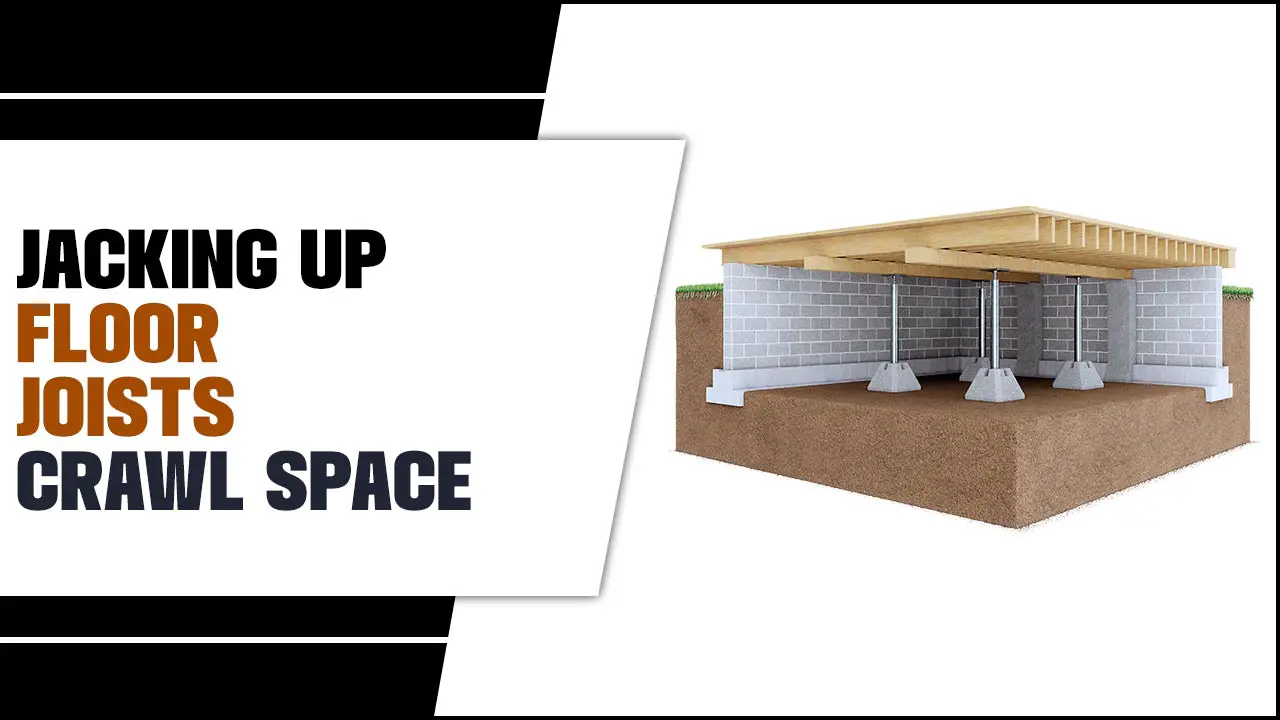Mitre saws are one of the most crucial items in your workshop. They are designed to make precise, angled cuts on wood, making them perfect for various projects.
However, one question that often arises with these saws is how many watts does a miter saw use they consume. The answer to this question can vary depending on the type and size of the saw. Understanding the wattage of a mitre saw is important because it affects its performance, efficiency, and cost of operation.
Knowing the wattage can help you determine the right size of the saw for your needs and ensure that. It is compatible with your electrical system. It can also help you estimate the amount of electricity the saw will consume. Which can be useful in reducing energy costs. We will delve deeper into how many watts a mitre saw uses and why it is important to know.

How Many Watts Does A Miter Saw Use – The Revealed Answer

Mitre saws are powerful tools that can cut through wood, metal, and other materials with precision and speed. However, they also consume a lot of electricity, which can affect your energy bills and the saw’s performance. To know how much power your mitre saw uses.
You need to understand its wattage rating and how it varies depending on the size of the blade and the type of material you are cutting. Here are some steps to help you understand how many watts does a miter saw use and how to optimize it for efficiency and safety.
Determine The Voltage Of Your Mitre Saw
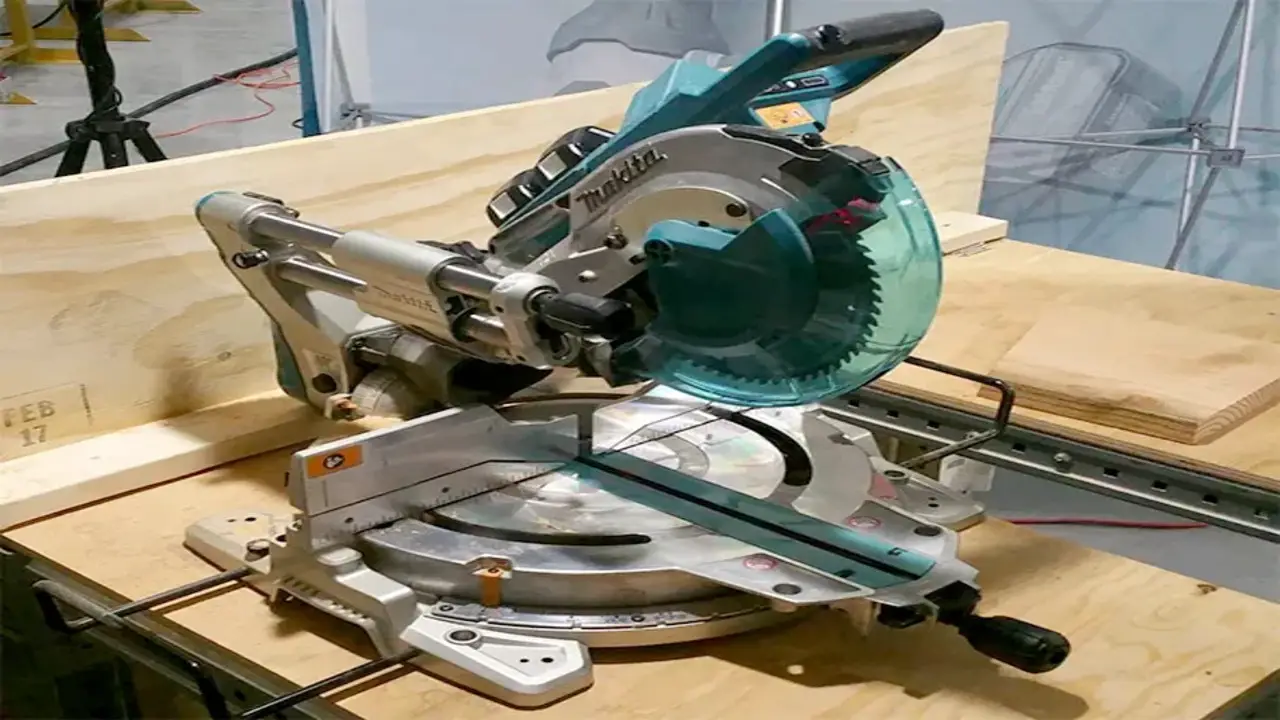
The first step is to determine the voltage of your mitre saw. Most mitre saws run on either 120 volts or 240 volts. Depending on the model and the country where you live. You can find the voltage rating on the label or the manual of your mitre saw. The voltage determines how much current flows through the saw and how much power it can deliver.
Check The Amperage Rating Of The Mitre Saw
The next step is to check the amperage rating of your mitre saw. When operating, the amperage rating indicates the current the saw draws from the power source. You can also find the amperage rating on the label or the manual of your mitre saw. The higher the amperage, the more power the saw consumes.
Calculate The Wattage Using The Formula W = V X A
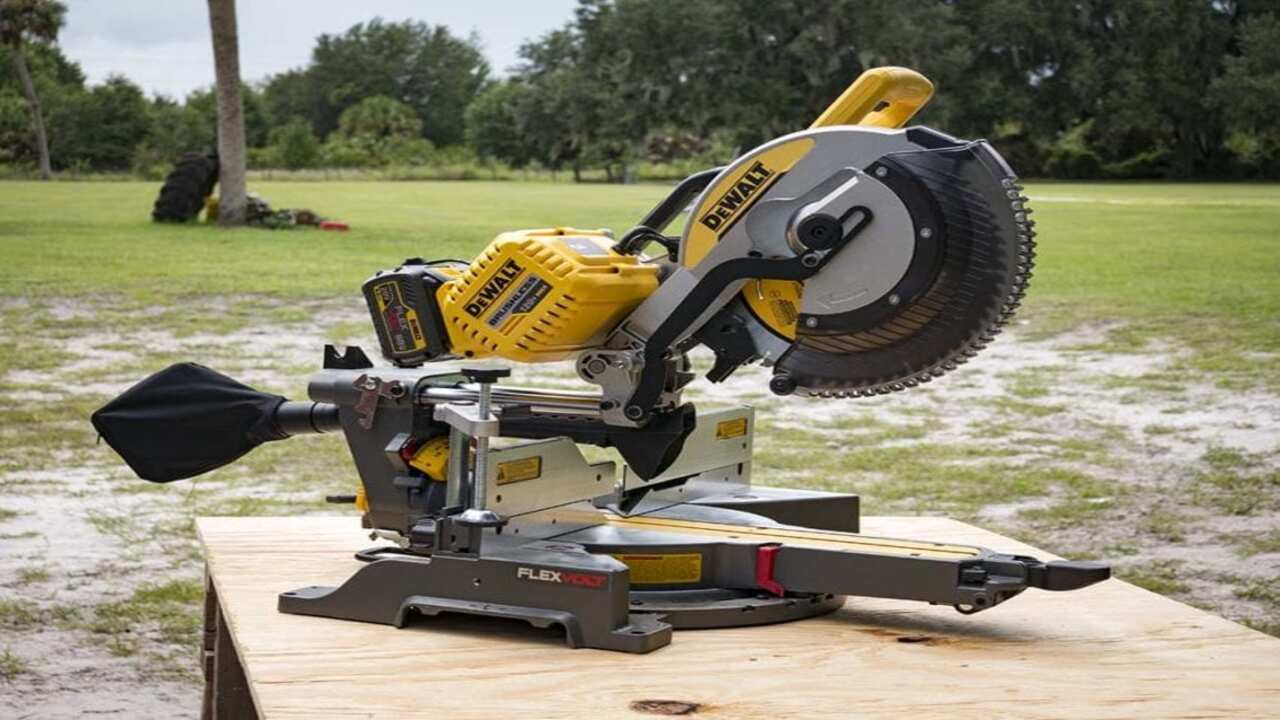
The third step is to calculate the wattage of your mitre saw using the formula W = V x A, where W is the wattage, V is the voltage, and A is the amperage. For example, if your mitre saw has a voltage rating of 120 volts and an amperage rating of 15 amps, its wattage is 120 x 15 = 1800 watts. This means that your mitre saw uses 1800 watts of power when running.
Understand The Difference Between Continuous And Peak Wattage.
The fourth step is to understand the difference between continuous and peak wattage. Continuous wattage is the amount of power that your mitre saw can sustain for a long period of time without overheating or damaging its components. Peak wattage is the maximum amount of power your mitre saw can deliver quickly, such as when it starts up or cuts through hard material.
Peak wattage is usually higher than continuous wattage but cannot be maintained for long without risking damage or fire. You should always use a power source that can supply enough continuous wattage for your mitre saw and avoid exceeding its peak wattage limit.
Determine The Size Of The Blade On Your Mitre Saw.
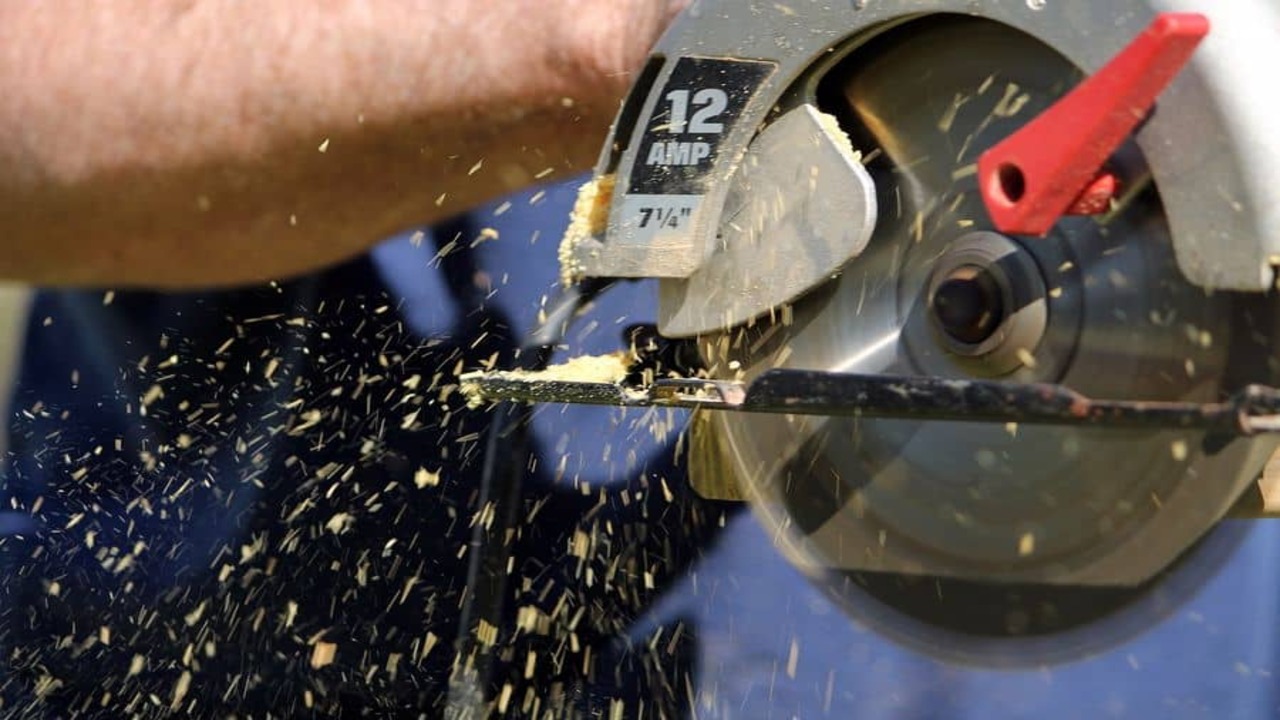
The fifth step is to determine the blade size on your mitre saw. The size of the blade affects how much power your mitre saw needs to cut through different materials. The larger the blade, the more power it requires.
The most common sizes of blades for mitre saws are 10 inches and 12 inches, but some models may have smaller or larger blades as well. You can measure the diameter of your blade or check its specifications on the label or manual.
Calculate The Wattage Required For Larger Blades
The sixth step is to calculate the wattage required for larger blades. Generally speaking, a larger blade will need more power than a smaller blade to cut through the same material at the same speed and depth. A rough estimate is that a 12-inch blade will need about 25% more power than a 10-inch blade, and a 14-inch blade will need about 50% more power than a 10-inch blade.
For example, if your 10-inch blade mitre saw has a continuous wattage rating of 1800 watts, then a 12-inch blade will need about 2250 watts (1800 x 1.25), and a 14-inch blade will need about 2700 watts (1800 x 1.5). You should adjust your power source accordingly if you use larger blades on your mitre saw.
Account For Any Power Losses Due To Extension Cords Or Voltage Drops
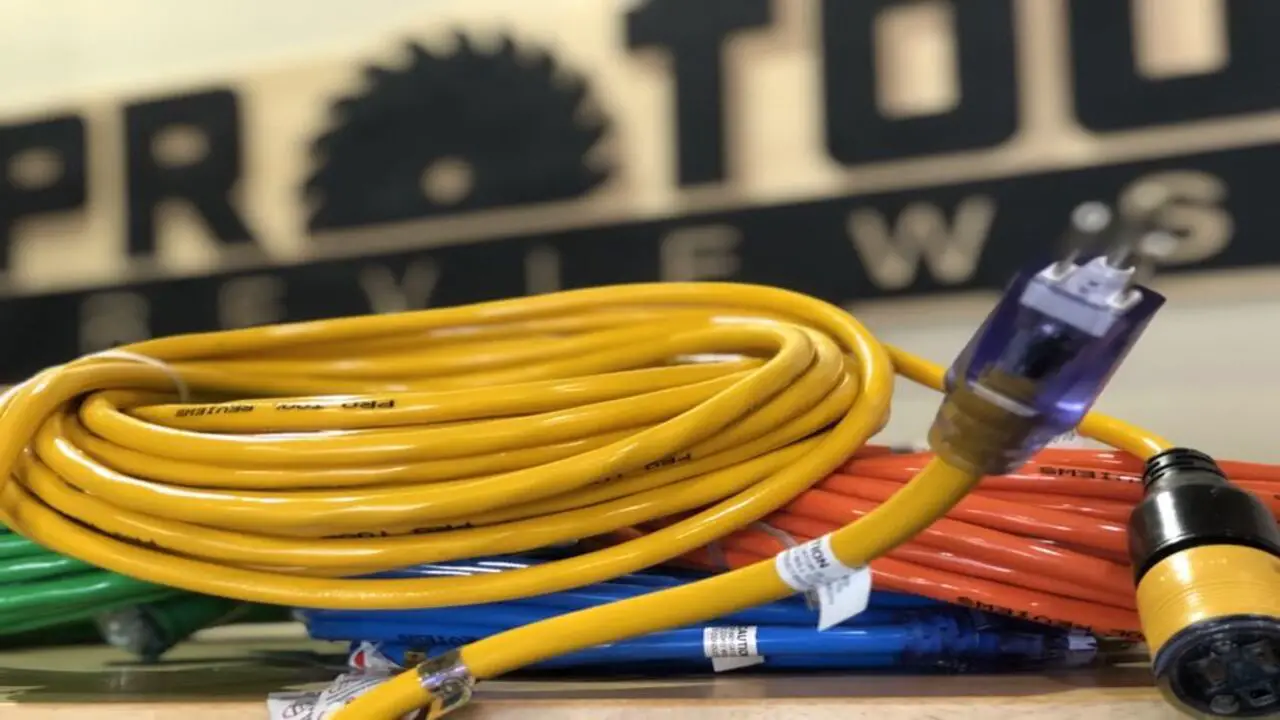
The final step is to account for any power losses due to extension cords or voltage drops. Extension cords are useful for reaching distant outlets or working in large areas, but they can also reduce the amount of power that reaches your mitre saw.
The longer and thinner the cord, the more resistance it creates and the more power it loses. Voltage drops are similar effects when there is a difference between the voltage supplied by the power source and the voltage required by the mitre saw.
Voltage drops can happen due to faulty wiring, overloaded circuits, or fluctuations in demand. Both extension cords and voltage drops can lower the performance and efficiency of your mitre saw and increase the risk of overheating or fire.
To avoid these problems, you should use the shortest and thickest extension cord possible and ensure that your power source’s voltage matches the voltage of your mitre saw. You can also use a voltage stabilizer or a surge protector to regulate the voltage and protect your mitre saw from power surges or spikes.
Conclusion
Knowing how many watts does a miter saw use is crucial for anyone who intends to use this tool for woodworking projects. Understanding the tool’s power requirements will help you select the appropriate extension cord and power source to ensure the saw’s optimal performance. The specificity of the power output also determines the success of the saw’s performance in cutting through tough materials.
For instance, a 10-inch miter saw with a 15-amp motor requires 1800 watts of power to operate at full capacity. Such a specific power requirement ensures that the saw can easily be cut through thick wood and other materials. Paying attention to the wattage of your miter saw is crucial in achieving success in your woodworking projects.
FAQ’s
[rank_math_rich_snippet id=”s-d143adf1-a18a-4372-a11b-23dccc9ed804″]

I am passionate about home engineering. I specialize in designing, installing, and maintaining heating, ventilation, and air conditioning systems. My goal is to help people stay comfortable in their homes all year long.





